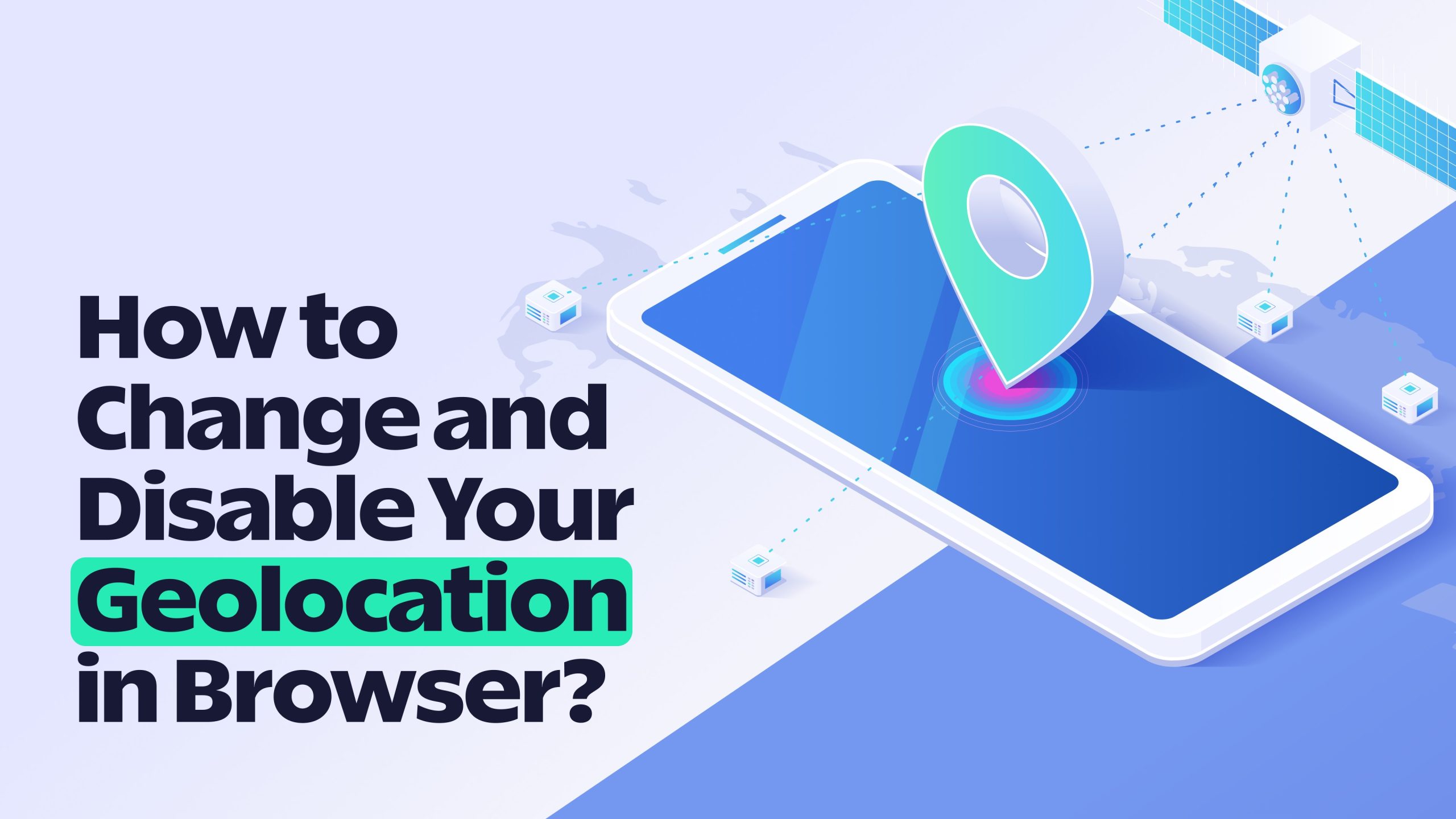
Understanding the Digital Location Tracking Landscape
In our hyperconnected digital world, your geographical location has become a valuable commodity. Every click, search, and online interaction potentially reveals your physical whereabouts to corporations, advertisers, and potentially malicious actors. As a seasoned proxy IP and anti-scraping expert, I‘ve witnessed firsthand how geolocation tracking transforms from a convenient feature into a sophisticated surveillance mechanism.
Geolocation isn‘t just a simple technological function—it‘s a complex network of data collection techniques that triangulate your position using multiple sophisticated methods. Modern tracking systems don‘t merely rely on one method but combine intricate signals to pinpoint your exact location with remarkable precision.
The Technological Anatomy of Location Tracking
When you connect to the internet, your device continuously broadcasts a symphony of location signals. These include your IP address, WiFi network signatures, GPS coordinates, mobile network information, and unique browser identifiers. Each of these signals acts like a digital breadcrumb, helping websites and services construct a detailed map of your movements.
Consider your smartphone as an example. It doesn‘t just share your location through GPS—it generates a complex location profile by analyzing cellular tower connections, WiFi access points, Bluetooth signals, and even cellular network registration data. This multilayered approach means that even if you disable one tracking method, others might still reveal your position.
The Privacy Risks: More Than Just Location
Geolocation tracking extends far beyond simple geographical positioning. It‘s a powerful tool for creating comprehensive user profiles that can predict behaviors, preferences, and even potential future actions. Imagine a world where your every movement becomes a data point in massive corporate databases—this isn‘t science fiction, but our current digital reality.
Real-World Privacy Implications
Consider these scenarios that highlight the profound privacy risks:
A marketing company might track your daily commute, understanding your work patterns and home location. An aggressive advertiser could use this information to target you with hyper-personalized ads. A potential stalker could exploit location data to understand your routine movements.
More critically, in regions with strict digital surveillance, geolocation data could be used for political profiling or suppressing individual freedoms. Your digital footprint becomes a potential weapon against personal privacy and autonomy.
Comprehensive Browser Geolocation Disabling Strategies
Chrome: The Most Popular Browser
Chrome, developed by Google, offers multiple layers of location tracking. Disabling geolocation requires a strategic approach across different platforms.
Desktop Configuration
On Windows and Mac, navigate to Chrome‘s settings by clicking the three-dot menu. Under "Privacy and Security," select "Site Settings" and then "Location." Here, you can globally block location access or manage site-specific permissions.
Pro Tip: Don‘t just disable location—regularly clear your browser‘s location history and cache to remove residual tracking data.
Mobile Platforms
On Android, open Chrome‘s settings, select "Site Settings," and toggle location permissions off. For iOS, you‘ll need to adjust location services in your device settings, specifically for the Chrome app.
Firefox: The Privacy-Focused Alternative
Firefox offers more granular privacy controls. On desktop, type "About:config" in the address bar and search for "Geo.enabled". Setting this to "False" provides a comprehensive location blocking mechanism.
Android users can navigate to Firefox‘s site permissions and completely block location access. This approach ensures no website can access your geographical information.
Safari: Apple‘s Privacy Approach
Safari provides robust privacy features. On Mac, navigate to Safari preferences, select the Privacy tab, and enable "Prevent cross-site tracking." On iOS, you can completely deny location permissions for Safari in your device settings.
Advanced Privacy Protection Techniques
Virtual Private Networks (VPNs)
VPNs represent a powerful first line of defense in location masking. By routing your internet traffic through servers in different global locations, VPNs effectively obscure your true geographical position.
However, not all VPNs are created equal. Select providers that:
- Offer multiple global server locations
- Provide strong encryption
- Maintain strict no-logging policies
- Support multiple device platforms
Proxy Servers: The Sophisticated Alternative
Proxy servers act as intermediary connection points, replacing your original IP address with a different one. Unlike basic VPNs, sophisticated proxy networks offer:
- Rotating IP addresses
- Granular location selection
- Enhanced anonymity protocols
- Lower detection probability
The Future of Digital Privacy
As tracking technologies evolve, so must our protection strategies. Emerging technologies like blockchain-based anonymization and decentralized identity management promise more robust privacy protection.
Imagine a future where you control every digital breadcrumb, where your location becomes a personal choice rather than a default broadcast. This isn‘t a distant dream but an achievable reality through informed, strategic digital hygiene.
Practical Recommendations
- Regularly audit your browser‘s location settings
- Use multiple privacy protection layers
- Stay informed about emerging tracking technologies
- Choose privacy-focused software and services
- Understand your digital rights
Conclusion: Reclaiming Your Digital Sovereignty
Protecting your geolocation isn‘t about paranoia—it‘s about maintaining personal autonomy in an increasingly connected world. By understanding tracking mechanisms and implementing strategic privacy measures, you transform from a passive data point to an active guardian of your digital identity.
Remember, in the digital landscape, knowledge isn‘t just power—it‘s protection.






